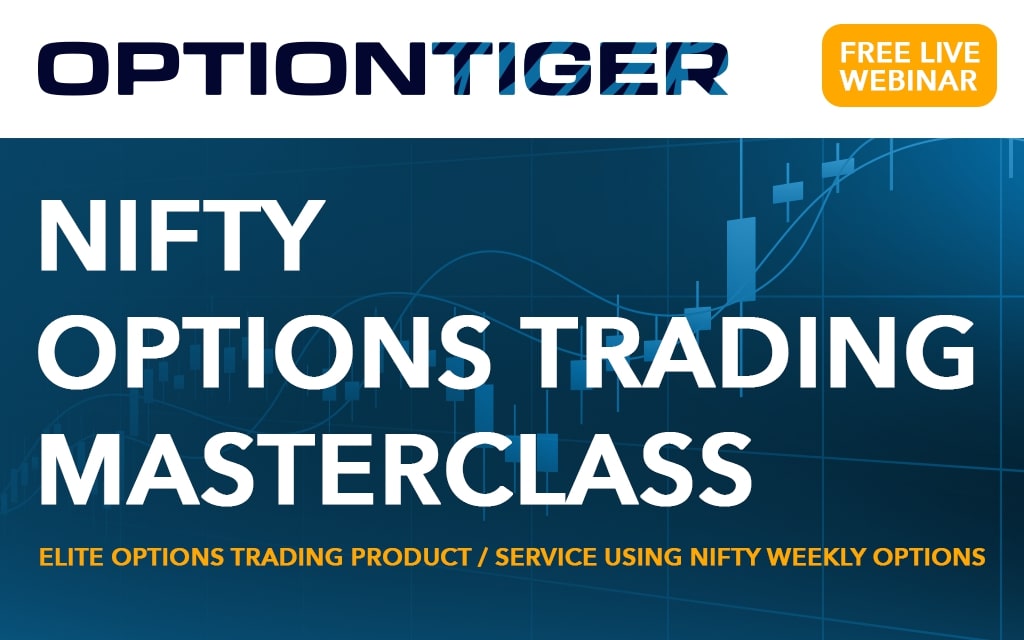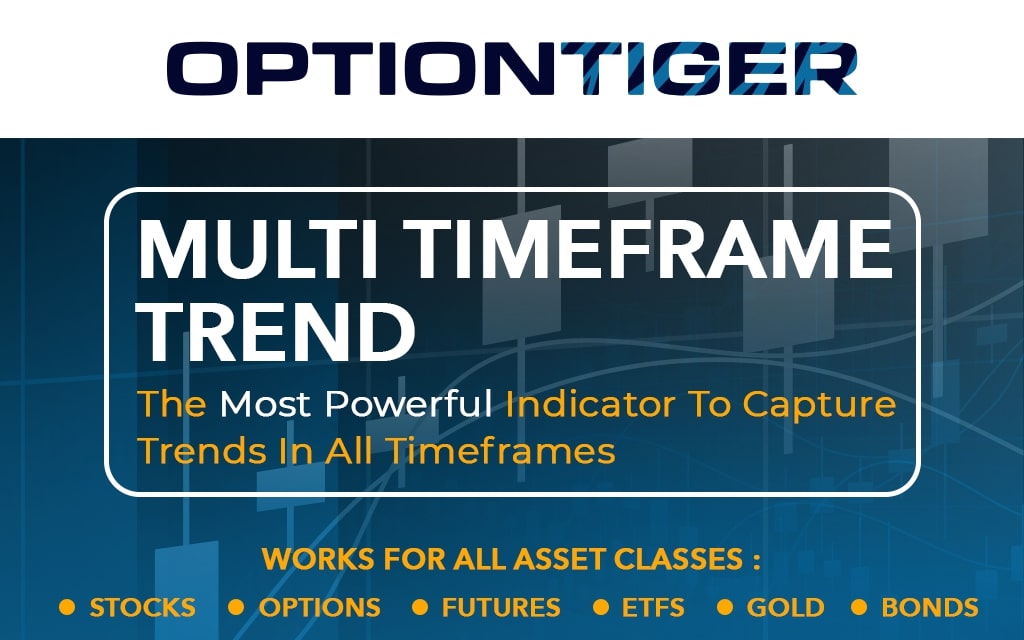Choosing a timeframe for your investment is critical. If you don’t have a plan for this particular parameter, you’re likely to underperform. Let’s take a look at what we mean – Both these charts of Google (GOOG) are taken on August 28, 2012.
Chart I (below, left) is a 3 – month chart of GOOG. Around 7/20, GOOG released good earnings, and the stock has blasted off into stratosphere, from a level of about 570 to 680 in a month’s time. The last couple of days price action is showing weakness. The red arrows show weakness in the moving averages, as well as the MACD momentum indicator. This should not be very surprising, the stock has moved over 15% in a month, so a certain amount of correction is to be expected. This is what we’d call a “normal” cycle. If GOOG corrects about 3 to 4% (drop of $25), then in the Options market, it is possible to pick up a return of 15% to 20% using Long Puts. Or you could put a Bear Call spread at the 720 strike price and try to pick up about 10% return. A Bear Call spread makes a lot of sense, because you can go quite a bit out of the money at the 725 strike price, so as long as GOOG does not hit 725, you would make a profit. But the timeframe for your trade will need to be about 4 to 6 weeks. As long as GOOG does not hit 725 in the next 4 to 6 weeks, you take your profit and move on.
Chart II (above right) is a 5 year chart of GOOG, and each Bar represents 1 month of price action. On this chart, GOOG looks very bullish. The MACD is turning up (red arrow). The price action just crossed upward of a previous resistance line (Yellow line), this price level is the best since 2009. And now, GOOG could attempt to hit its all-time high of 747 made in late 2007 (red line). So if you were looking at this chart, you’d take a bullish position like a Long Call, perhaps at the 700 strike price or 725 strike price. But what is your timeframe for this trade ? You’re looking at a 5-year chart, so the outlook for this bullish trade must be at least a year. So in terms of the Call Options, you’d buy a Jan 2014 Option series at the strike price of 700 or 725.
The cost of the 700 Call Option today is about $75 per share, which is still only about 10% of the cost of the stock itself (Fig 3 below). And you have 16 months for the trade to play out. And even if GOOG moves up by $30 or $40 during this time, you could make as high as 30 to 40 % on your trade. Now this move could happen in the next one or two months and even though you have given yourself 16 months for the trade to play out, you’d be wise to close the trade, taking the profits and moving on. But by taking a longer term trade, you have to accept that in the short run, your position may go against you i.e. GOOG price may fall first (as we saw from Chart I). So the best strategy would be to wait and see if GOOG price falls in the short term, and then get in at the lower price point for your long term trade.
So its critical to read the stock chart, decide a safe trade strategy, pick the right Option instrument (single Option, Debit spread or credit spread), and decide your exit points. Importantly, you must have some idea of the timeframe for your trade. And if things work out beforehand, then its a bonus and you take your profits. As always, if things go against you in a big way, you must have your adjustment points decided ahead of time. These topics are covered in Modules II, III and IV. Trade with knowledge, Trade with confidence.



keep up the nice quality writing, it’s rare to see a nice blog like this one these days..
If you’re a long term investor interested in dividends then DRIP’s are better. Once initiated, they require no effort on your part if you just want the dividends to reinvest and grow your capital.
GOOG has been very volatile. It did go to a high of 770 and then crashed.